Summer is here, and with it brings the holiday season, a time of gratitude and appreciation. This December we’ll be focusing on Pushpaputa Hasta Mudra as our featured practice of the month.
In Sanskrit, pushp means ‘flower’, so the pushpaputa mudra is a gesture using the hands to indicate the giving of a handful of flowers, or flower petals, to the gods. It also represents the acceptance of gifts, and as such the pushpaputa mudra is a mudra of openness and acceptance. In that way, this mudra is a symbol of balance in our lives – and that we shall give, we shall receive. If we give out love, light and positivity, then the universe will send it back to us. And therefore, on the other hand, if we align ourselves with negativity, we will attract that into our lives.
Practice this beautiful mudra by joining the insides of the palms together, thumbs out, and curl the little fingers towards the centre. Thumbs rest on the first digit of the forefinger, and the fingers curl towards the palms until the hands resemble a heart-shape.
<3
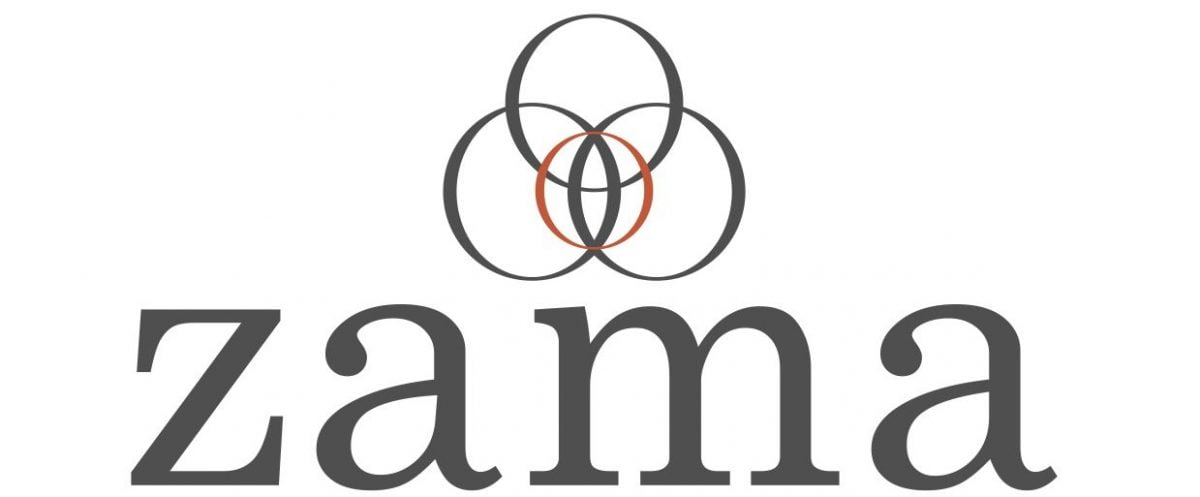
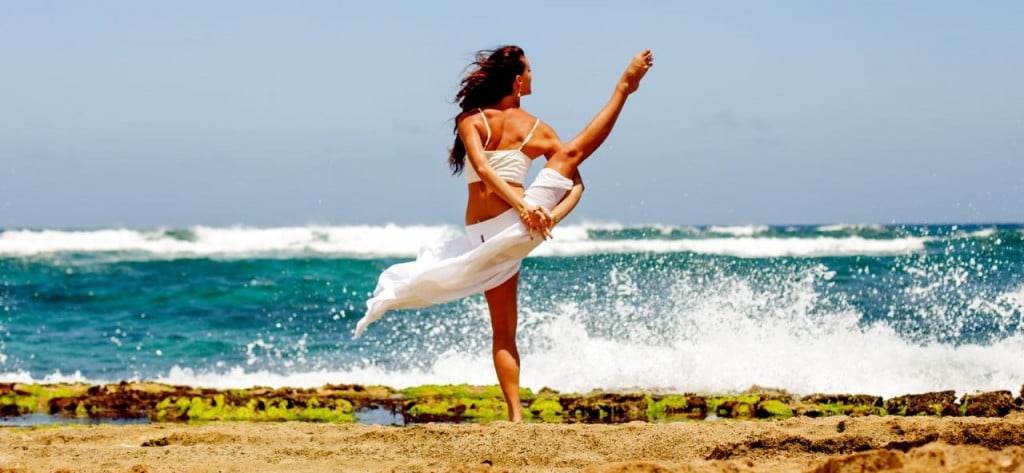
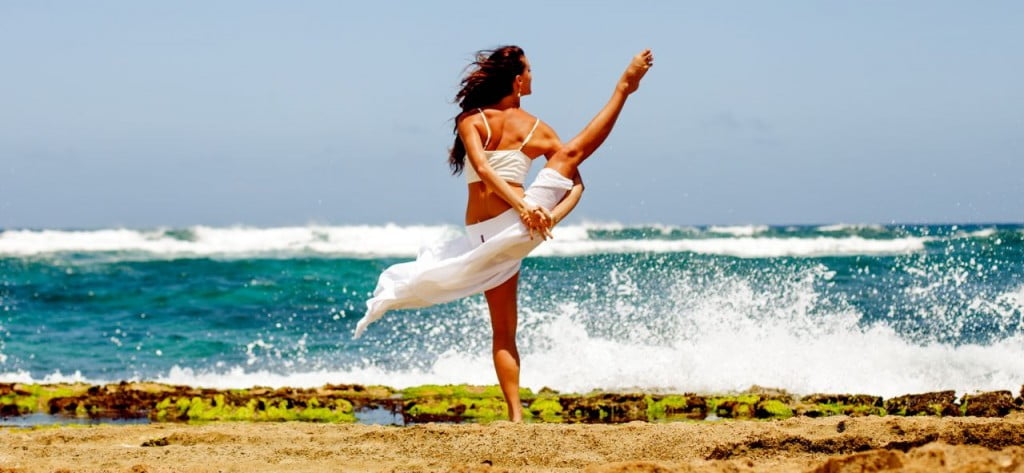 It wouldn’t be a challenge month without a challenging pose to play with! Meet Bird of Paradise pose (Svarga Dvijasana), a hip-opening, hamstring-stretching balance that will no doubt require all your concentration.
It wouldn’t be a challenge month without a challenging pose to play with! Meet Bird of Paradise pose (Svarga Dvijasana), a hip-opening, hamstring-stretching balance that will no doubt require all your concentration.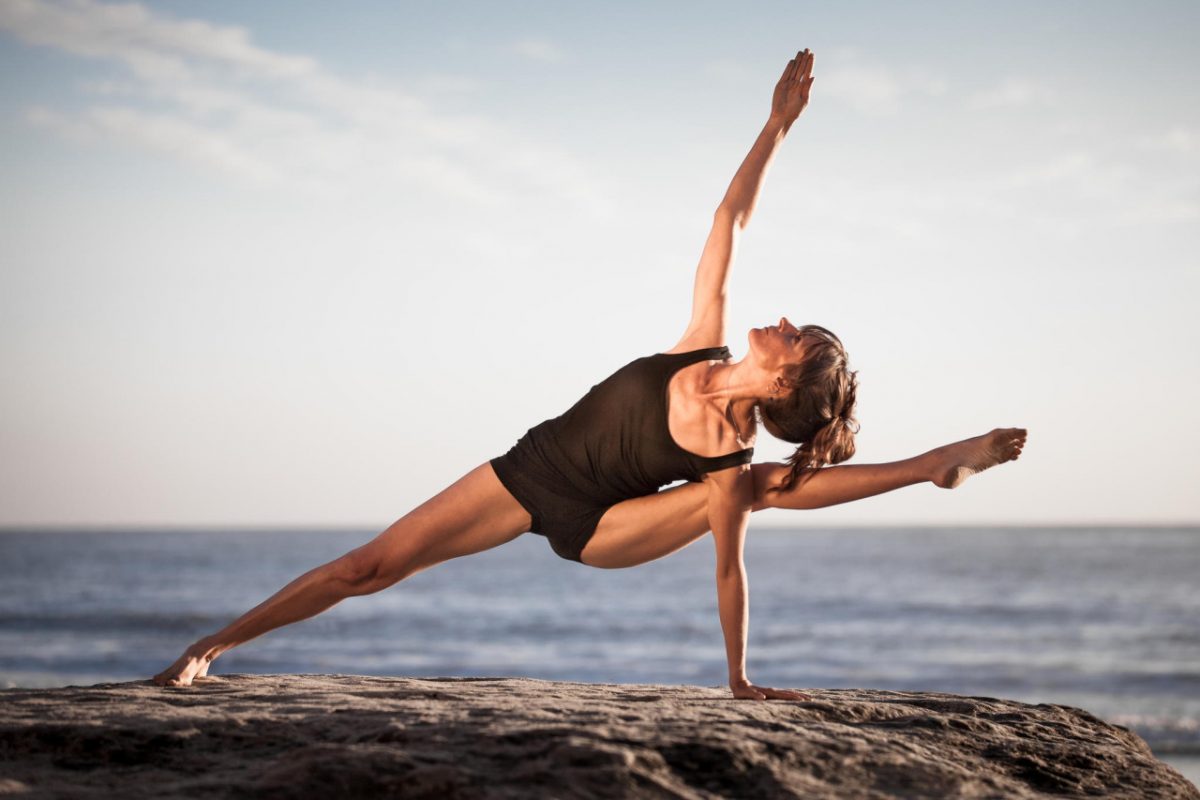
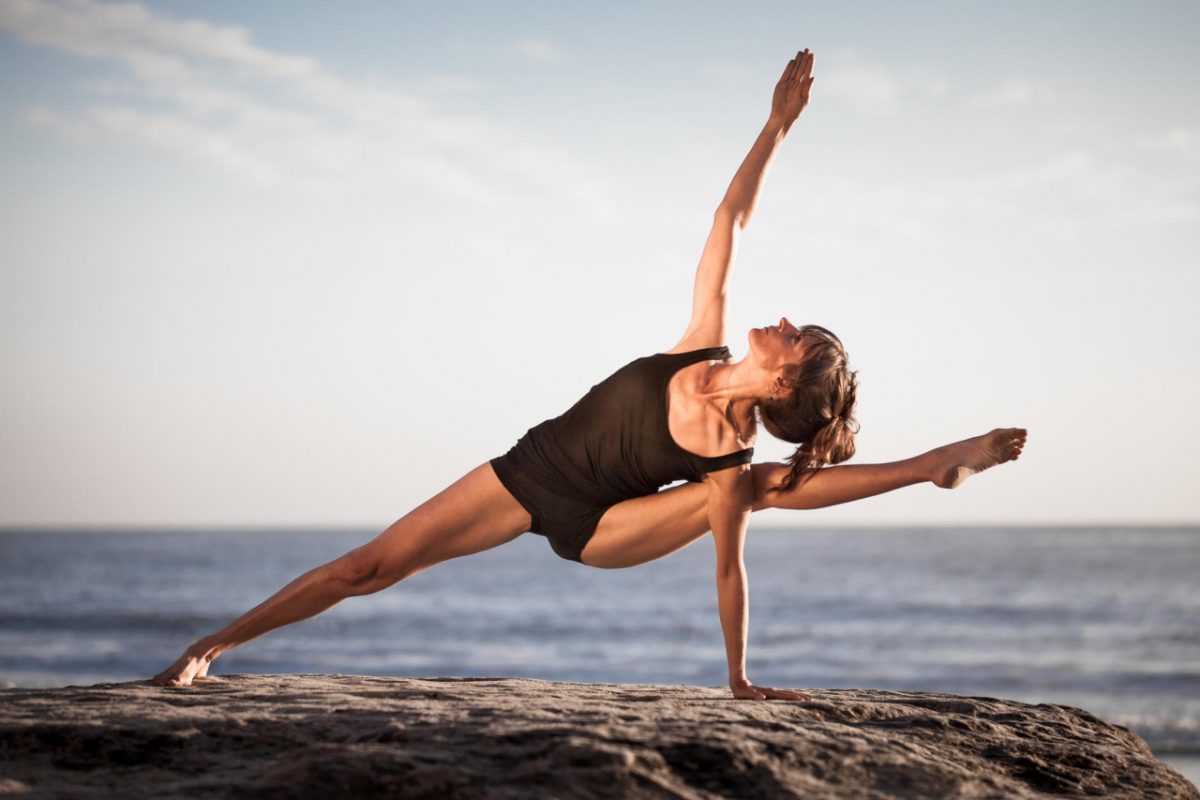 It’s easy to let the gaze wander during a yoga class – you get distracted by the teacher, the candles at the front of the room, your neighbour’s loudly patterned pants, or their state-of-the-art water bottle. Alas, every time your eyes drift around the room, your attention follows and you slowly lose your focus, balance, strength and alignment within a pose.
It’s easy to let the gaze wander during a yoga class – you get distracted by the teacher, the candles at the front of the room, your neighbour’s loudly patterned pants, or their state-of-the-art water bottle. Alas, every time your eyes drift around the room, your attention follows and you slowly lose your focus, balance, strength and alignment within a pose.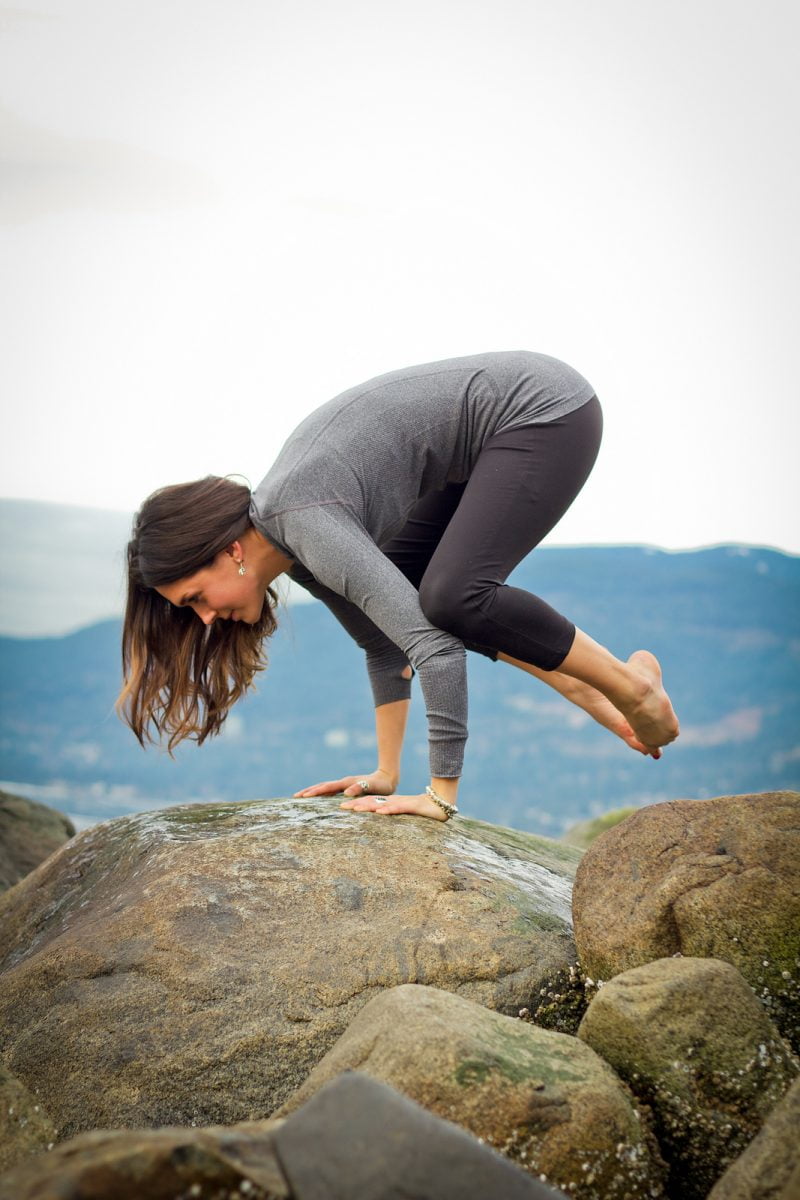
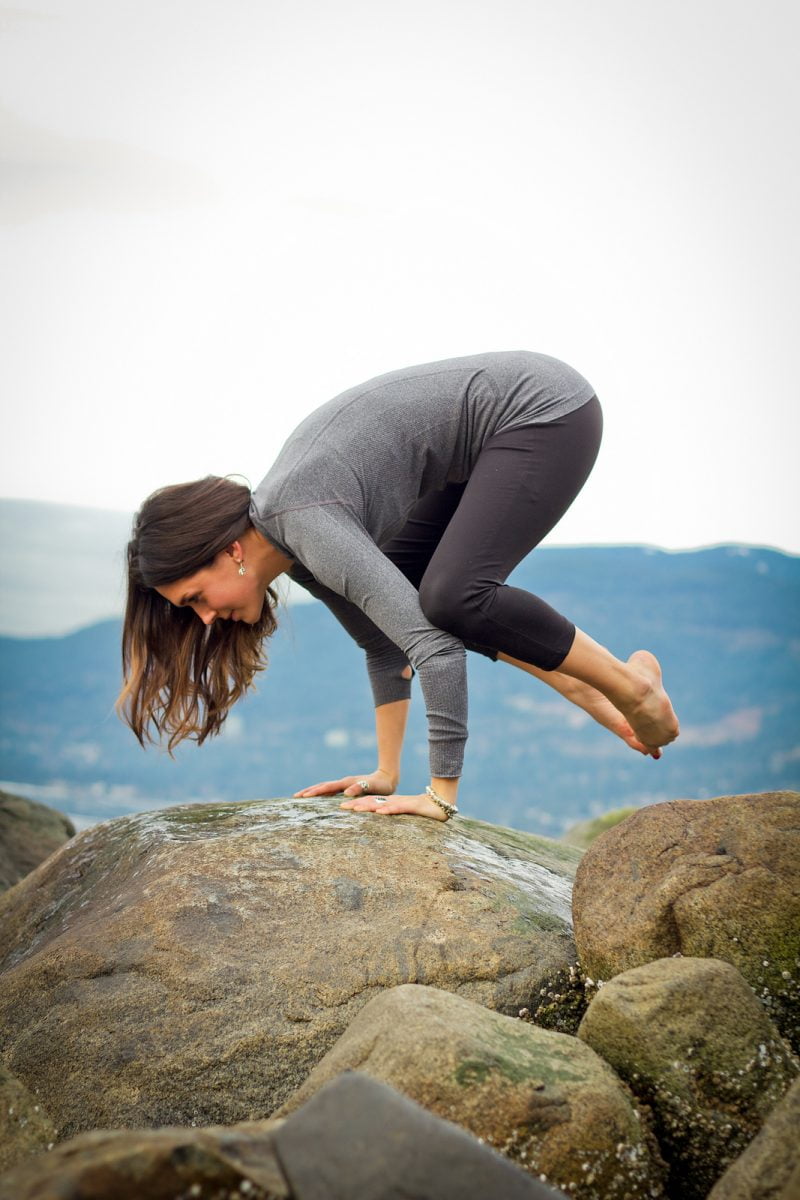
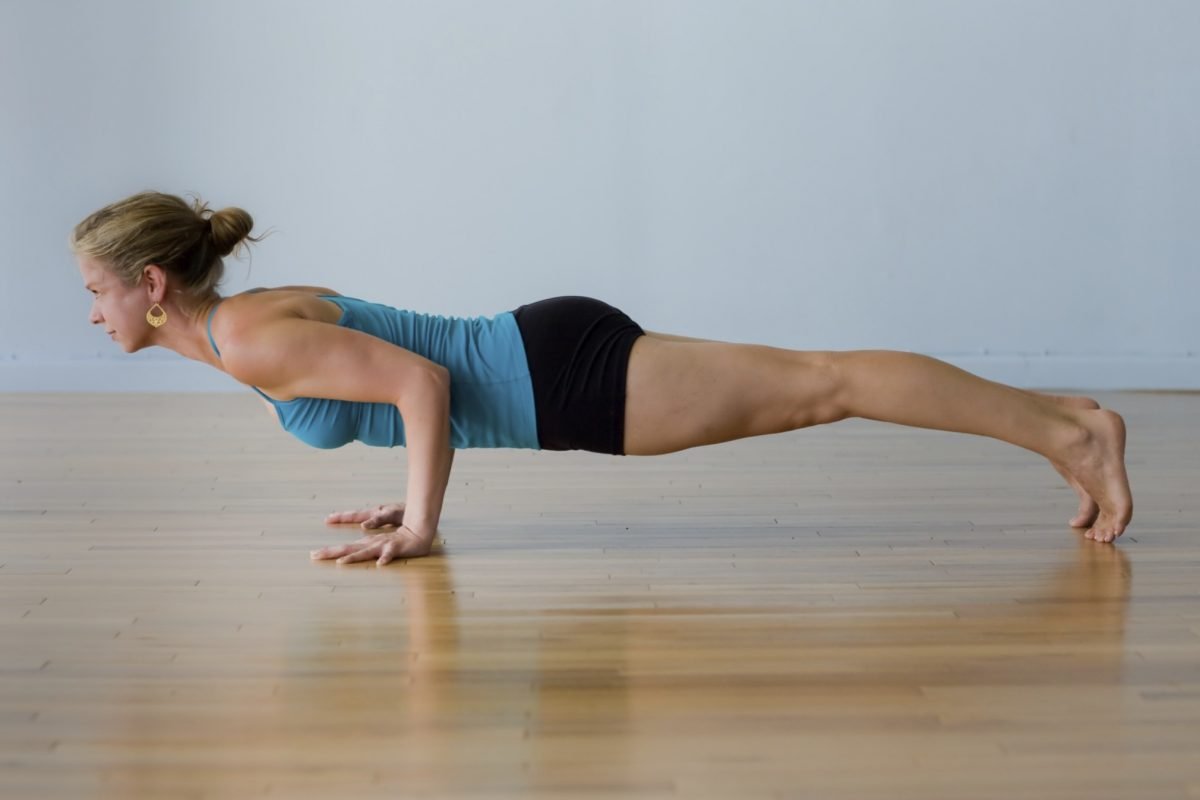
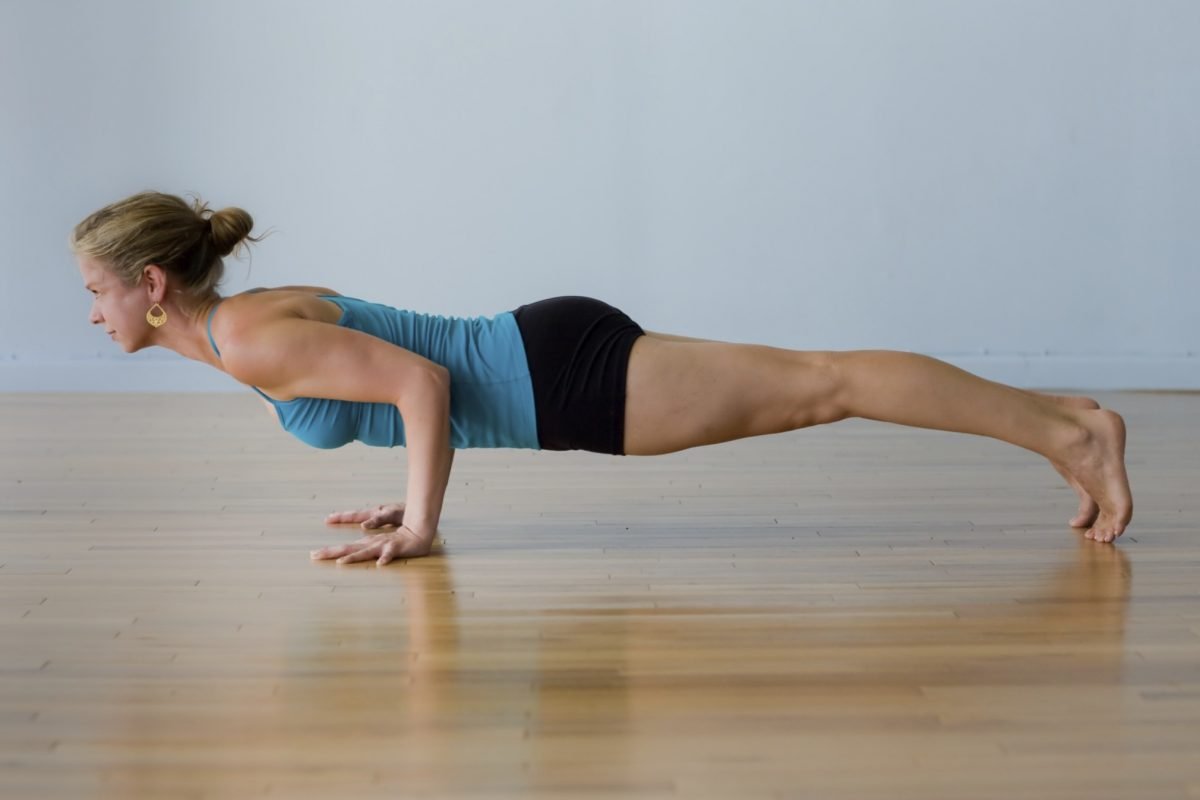
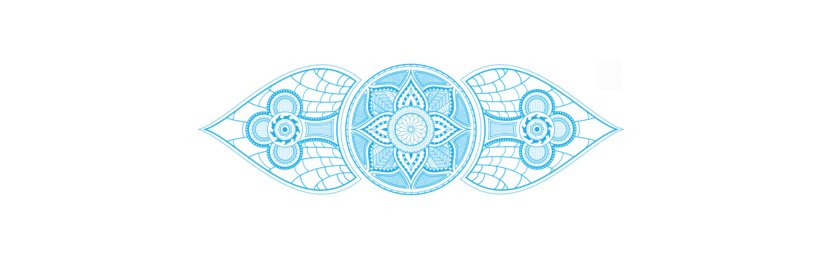
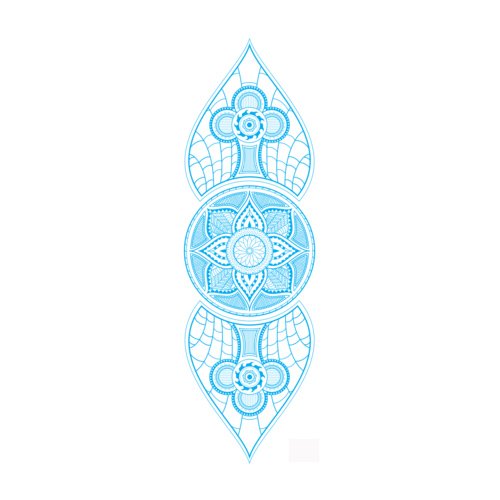 To celebrate our wonderful Toowoomba studio’s 3rd birthday this month, our featured practice for the month of June is focused on the third eye (also known as the inner eye) chakra, Ajna. Ajna in Sanskrit directly translates to ‘I perceive’, and the third eye is said to provide vision, or perception, found beyond our regular physical sight. It is located on the forehead, between the eyebrows, and is related to our concentration and focus, as well as imagination and intuition.
To celebrate our wonderful Toowoomba studio’s 3rd birthday this month, our featured practice for the month of June is focused on the third eye (also known as the inner eye) chakra, Ajna. Ajna in Sanskrit directly translates to ‘I perceive’, and the third eye is said to provide vision, or perception, found beyond our regular physical sight. It is located on the forehead, between the eyebrows, and is related to our concentration and focus, as well as imagination and intuition. Our featured yoga practice for May isn’t a zamasana (asana meaning yoga posture) it’s a pranazama! (Pranayama is the control of prana, or life force, through the breath.) Nadi Shodhana Pranayama, or alternate nostril breathing, separates the flow of breath between the left and right sides, which helps to achieve balance within the systems of the body.
Our featured yoga practice for May isn’t a zamasana (asana meaning yoga posture) it’s a pranazama! (Pranayama is the control of prana, or life force, through the breath.) Nadi Shodhana Pranayama, or alternate nostril breathing, separates the flow of breath between the left and right sides, which helps to achieve balance within the systems of the body.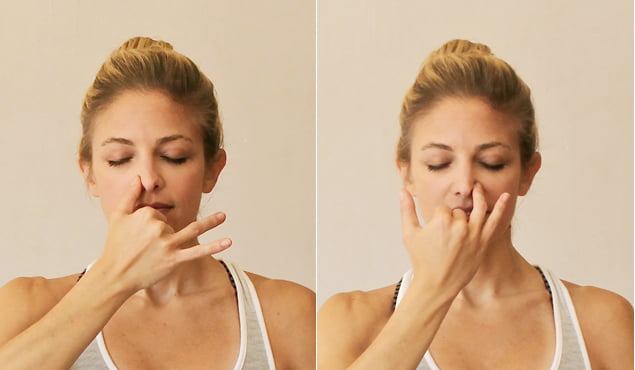
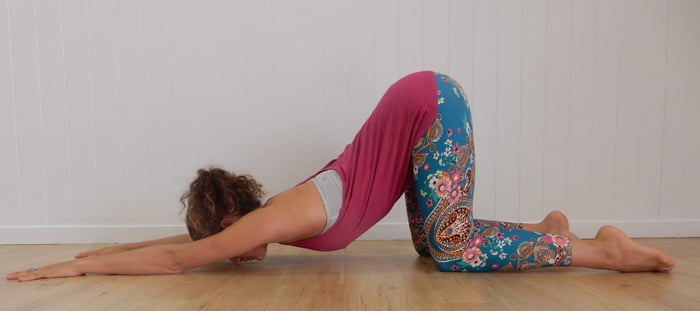
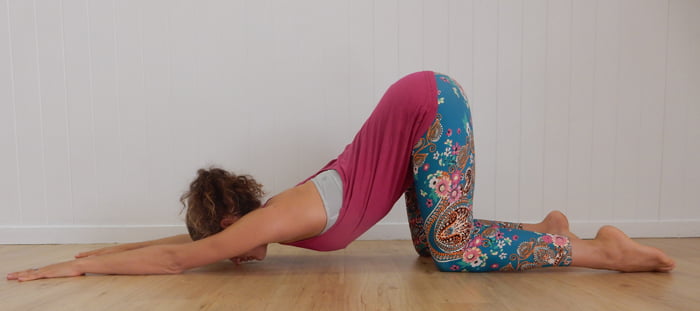 Melting Heart is our Zamasana of the Month for February. Melting Heart (Anahatasana) is also referred to as Extended Puppy Dog Pose (Uttana Shishosana). Melting Heart is a pose for the heart chakra, which is fitting for February – a month that is often thought of as a time to share love and heartfelt affection. As you practice yoga this month, you may choose to dedicate this posture to someone special in your life (or the wonderful being that is yourself!). This chest-opening pose is a beautiful release for the upper arms, shoulders and neck, and gently prepares your back muscles for future back bends.
Melting Heart is our Zamasana of the Month for February. Melting Heart (Anahatasana) is also referred to as Extended Puppy Dog Pose (Uttana Shishosana). Melting Heart is a pose for the heart chakra, which is fitting for February – a month that is often thought of as a time to share love and heartfelt affection. As you practice yoga this month, you may choose to dedicate this posture to someone special in your life (or the wonderful being that is yourself!). This chest-opening pose is a beautiful release for the upper arms, shoulders and neck, and gently prepares your back muscles for future back bends.